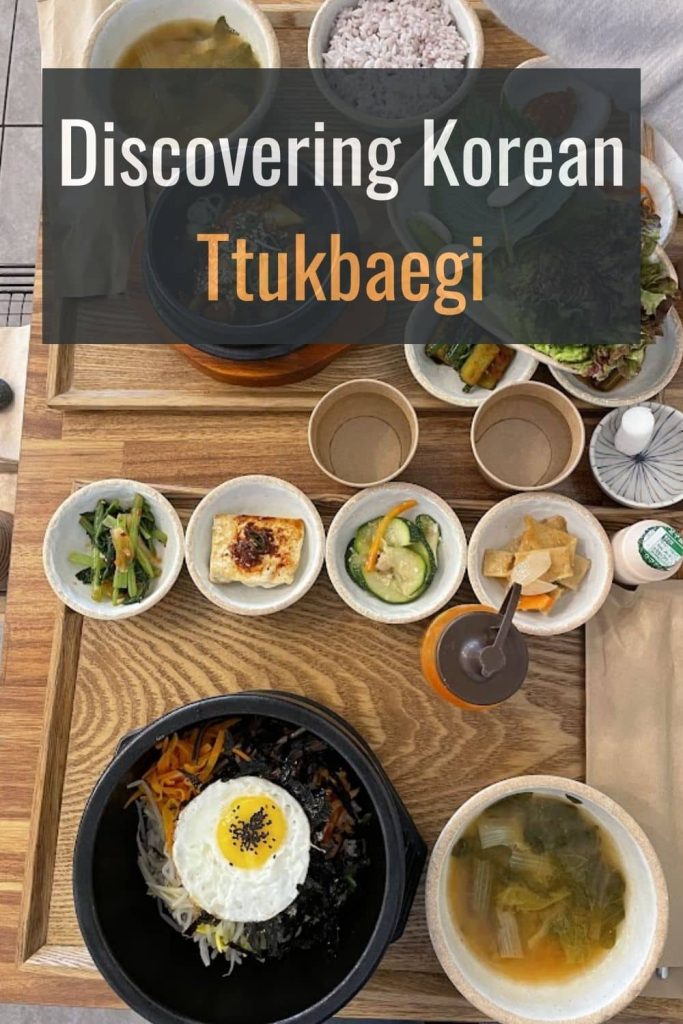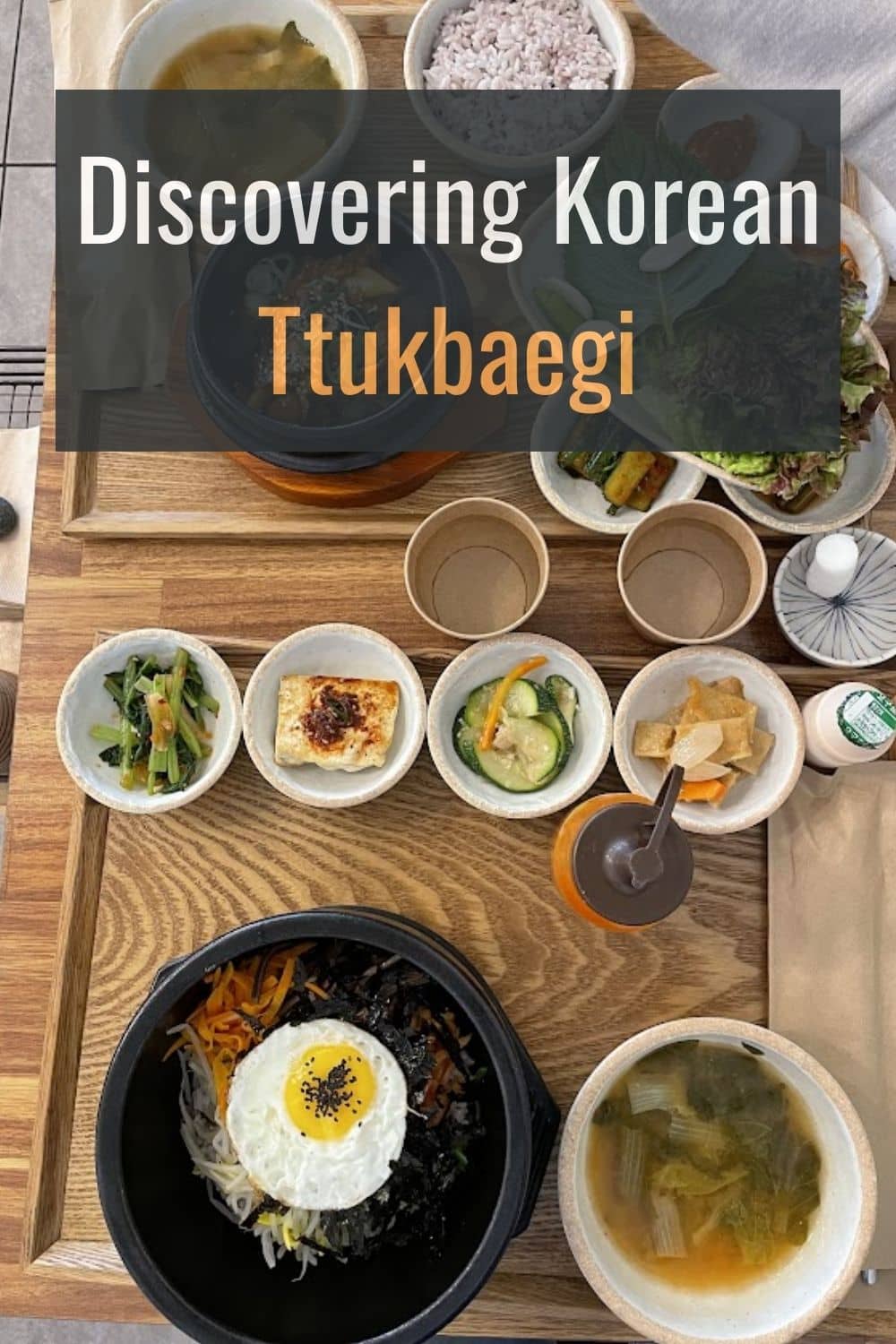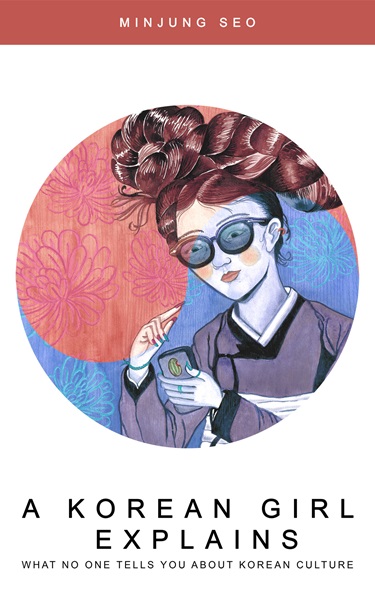Jinny's Kitchen Season 2 is back as Jinny's Ttukbaegi in Iceland.
Here's what ttukbaegi is, why Koreans use it, and what to cook in it.

Quick Summary
- Ttukbaegi in Korean means traditional earthenware pot.
- Ttukbaegi keeps food sizzling from stove to table.
What is a ttukbaegi in Korean?
Ttukbaegi is a traditional Korean earthenware pot that's versatile and practical.
It's most commonly used for cooking and serving stews (jjigae), soups (guk), meat dishes like galbi-jjim or bulgogi, and bibimbap.
This sturdy pot is a staple in many Korean restaurants.
Why do Koreans use ttukbaegi?

- Heat Retention: The earthenware walls keep the food hot for an extended period, making it ideal for dishes that need to stay warm throughout the meal.
- Richer Flavor: Cooking in a ttukbaegi can enhance flavors. The pot heats evenly and allows ingredients to meld together, creating a richer and more complex taste.
- Versatility: Ttukbaegi is used for hearty stews like sundubu jjigae (soft tofu stew) and hot rice dishes like bibimbap.
- Aesthetic Appeal: Ttukbaegi adds charm to the dining experience, making meals feel more authentic.
What to cook in ttukbaegi?

Kimchi Jjigae: A spicy, tangy stew made with kimchi, tofu, and pork.
Doenjang Jjigae: A savory stew made with fermented soybean paste, tofu, vegetables, and sometimes seafood or meat.
Sundubu Jjigae: A spicy soft tofu stew often containing seafood or pork.
Kkori Gomtang: An oxtail soup full of nutrients that's perfect for winter.
Bulgogi: Marinated beef cooked in ttukbaegi, allowing flavors to intensify. There's even a specific dish called ttukbaegi bulgogi, which Koreans shorten to "ttuk-bul".

What is ttukbaegi made of?
Ttukbaegi is made from clay, specifically earthenware clay, known for its durability and heat retention.
It's more common to find ttukbaegi at restaurants since it's thinner and feels more casual than thick dolsot stoneware.

Did we miss anything?
Let us know your thoughts or questions about Korean ttukbaegi!





